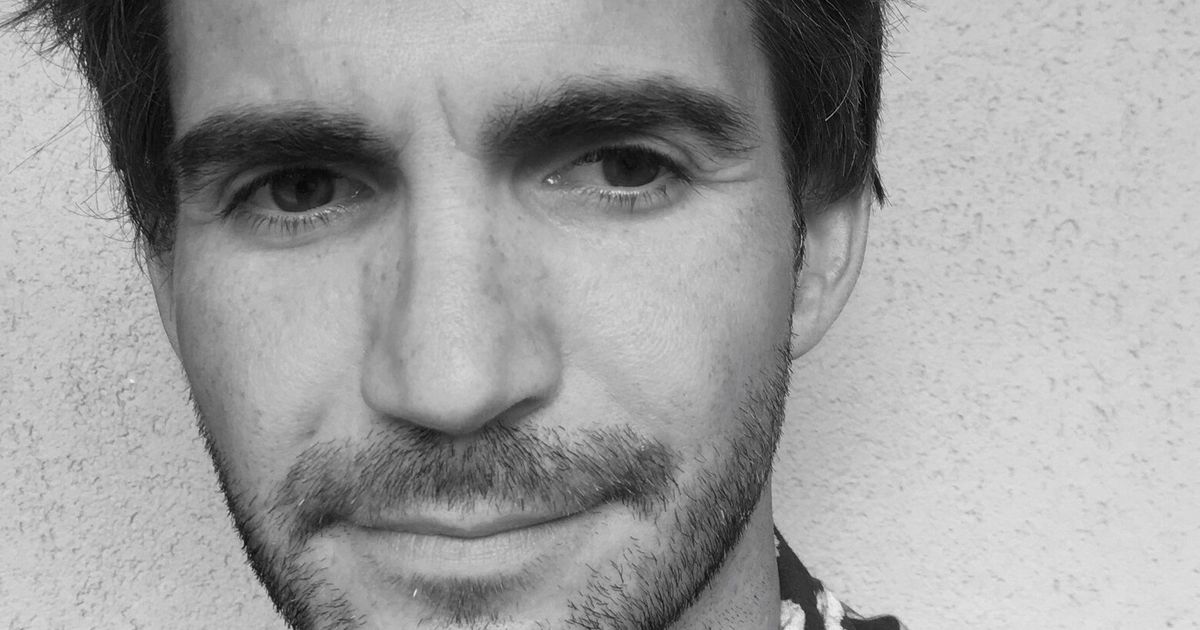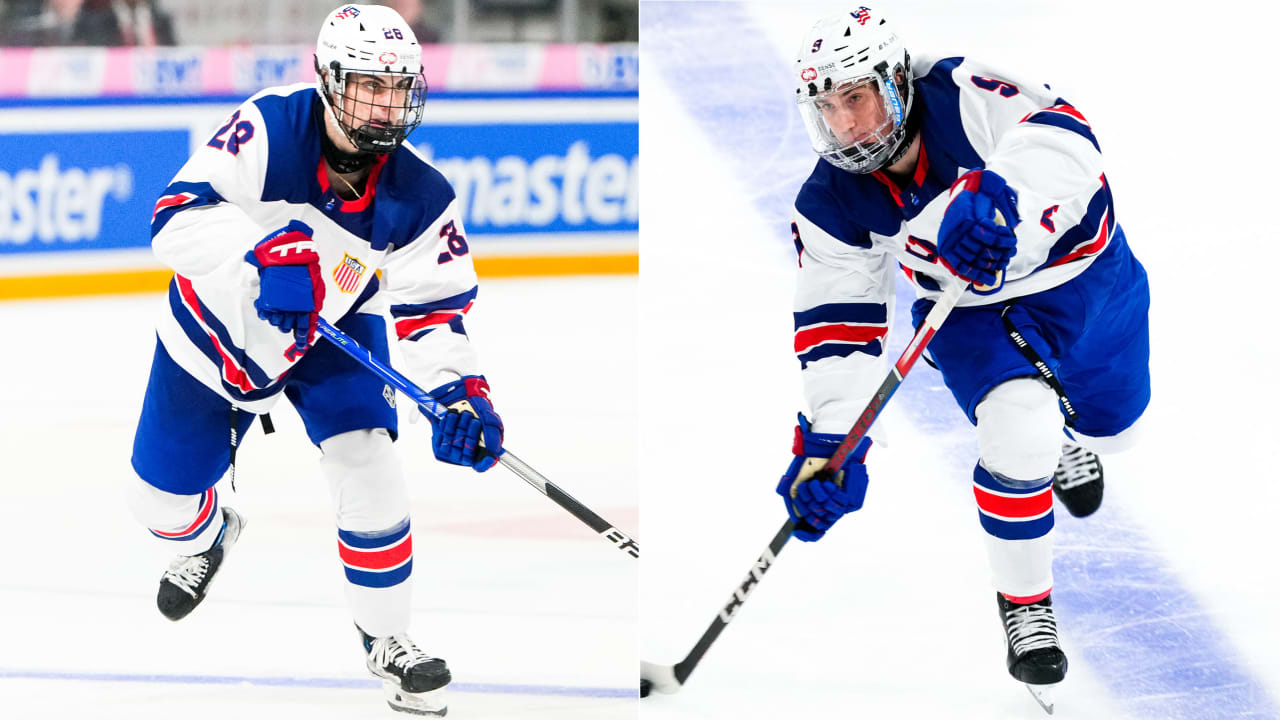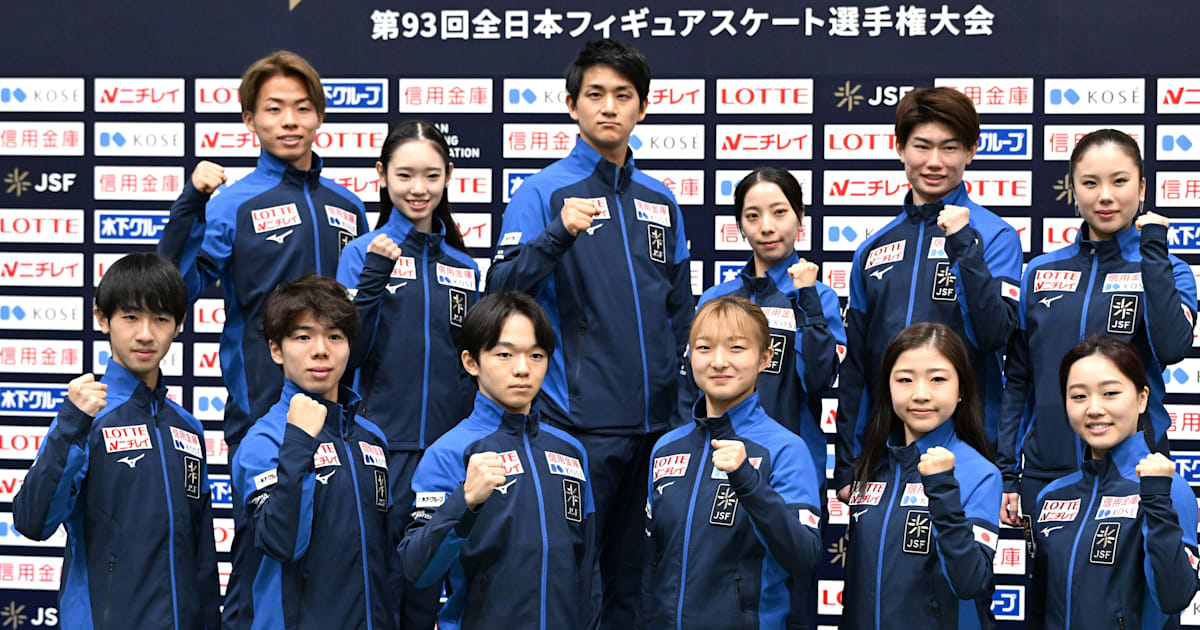I will never forget the last week of November 1999 — when the World Trade Organization protests occurred in Seattle. I worked downtown and still remember the smell of tear gas, the rubber bullets, protesters shutting down the core of the city and, eventually, the National Guard in the streets.
The protests, which drew 50,000 people to downtown Seattle, stand as an indelible time marker in the city’s history. The demonstrations — and the police response — brought international attention to Seattle, inspired countless articles and was the basis of the movie “Battle in Seattle.”
Journalist and author DW Gibson tells the story of the protests, the WTO meetings and the police response in his new book, “One Week to Change the World” (out June 18). Gibson interviewed more than 100 people who were in the midst of the action — including me. Other subjects include extensive takes from Soundgarden’s Kim Thayil and former King County Sheriff Dave Reichert. I spoke with Gibson about the book, the protests and why he decided to include many voices.
This interview has been edited for length and clarity.
You weren’t living in Seattle at the time of the protests. What made you want to write this book?
I was in my early 20s then, but I read the headlines. But I feel this is a major historic hash mark in the world order we see today. In terms of general pushback in globalization and conversations around democracy, the WTO was a watershed moment. I’ve written a lot about labor, and that was so important in this brew of demonstrations. I feel like younger organizers don’t know about WTO, and even people involved in the Occupy and climate resistance movements rarely know about this.
Reflecting back, many of the issues behind the protests — large corporations who are increasingly more powerful and are able to operate outside nation states, with more power in some cases than governments, and the notion of corporate power and the voice that corporate power has in democracy — these issues are even more important today.
You could have written this history many different ways, but you went with an oral history with many voices. Why did you select that format, and how many people are included?
There are over a hundred voices. I felt this story was just made for an oral history because there is a cacophony of voices, and so many stakeholders, and all of them — from the protesters to law enforcement — tell the story from a different angle. My goal was to give a 360-degree perspective.
Despite the larger political and global issues involved with the WTO, the interactions between protesters and police were unique to Seattle politics.
There were key factors in the geography of Seattle, the fishbowl dynamic, the water, a tight downtown area, that you don’t find in a lot of American cities. That geography allowed the protesters to identify 13 intersections that, if they blocked those spots, they could stop access to the convention center.
There was already so much organizing in Northwest environmental groups, the timber wars, guys up in trees, a lot of that energy in the region, and a history of organized labor protests that stretch back for decades. All of that played a role in why 50,000 gathered in Seattle.
Your book has many details about the protesters’ plans, and the police response, which initially was muted then escalated. I was in the middle of it all, but reading this now, I’m still surprised that no one was killed during the days of melee.
Absolutely. I share that disbelief. I don’t know how this escaped those worst-case outcomes. One helpful aspect was that there were always lines of communication between the protesters and city officials. Another unique ingredient was that Seattle police Chief Norm Stamper really didn’t have much interest in entirely stopping the protests, and neither did Mayor Paul Schell. Because it is such a progressive city, they let it play out.
These protests were the source of a 2007 movie, “Battle in Seattle.” If it was a battle, who won?
It’s complicated, but if the goals of the protesters were to stop and delay the WTO conference from moving forward, then the protesters won. They had a very clear objective to shut down the meeting, so the WTO wouldn’t be able to reach an agreement. It had a practical outcome. I think what’s missing from many other protest movements … is that they don’t always have a single tactical outcome. The WTO protests had that. Their goal was to stop and disrupt the meeting. And they did.
Your book has nuance, but what most people remember is the breaking of windows and the coverage on TV of the few anarchist actions.
It was mostly this anarchist group called the black bloc breaking windows. That happened on Tuesday and Wednesday, and many of those people left town and didn’t suffer consequences. The media covered that point of damage, but there were also hundreds of other protesters who went out the next day, bought brooms and trash bags, and swept up the damage. Often the media only focuses on the violence. The proper way to tell the story is to not focus on those outliers.
You talk a lot about the unusual coalition of labor and environmentalists who were involved in the WTO protests. What message is in that for future actions?
What you saw in Seattle in 1999 seems, in many ways, unthinkable. You had labor, and Teamsters, and environmentalists, who, at times, have different priorities, but they coalesced around this one action. The world today is more fractionalized. However, if we end up with one autocratic leader, none of these policy differences are going to matter. WTO Seattle was a recipe for building a larger coalition, and I hope that people can recognize that truth, and perhaps take that coalition building to the issues of democracy.











